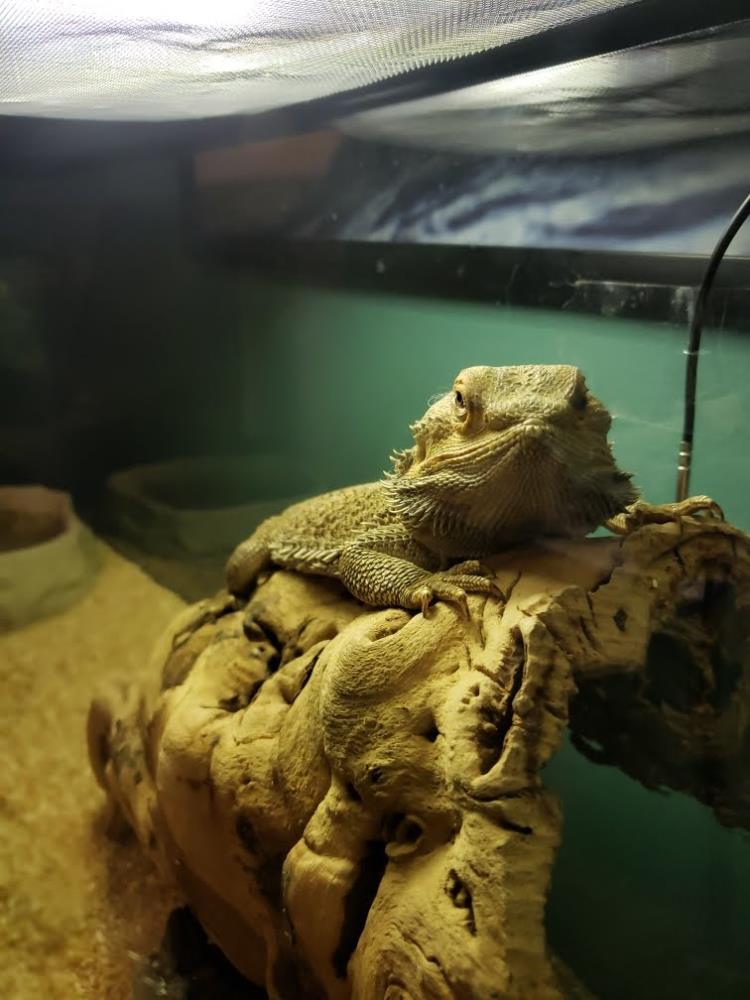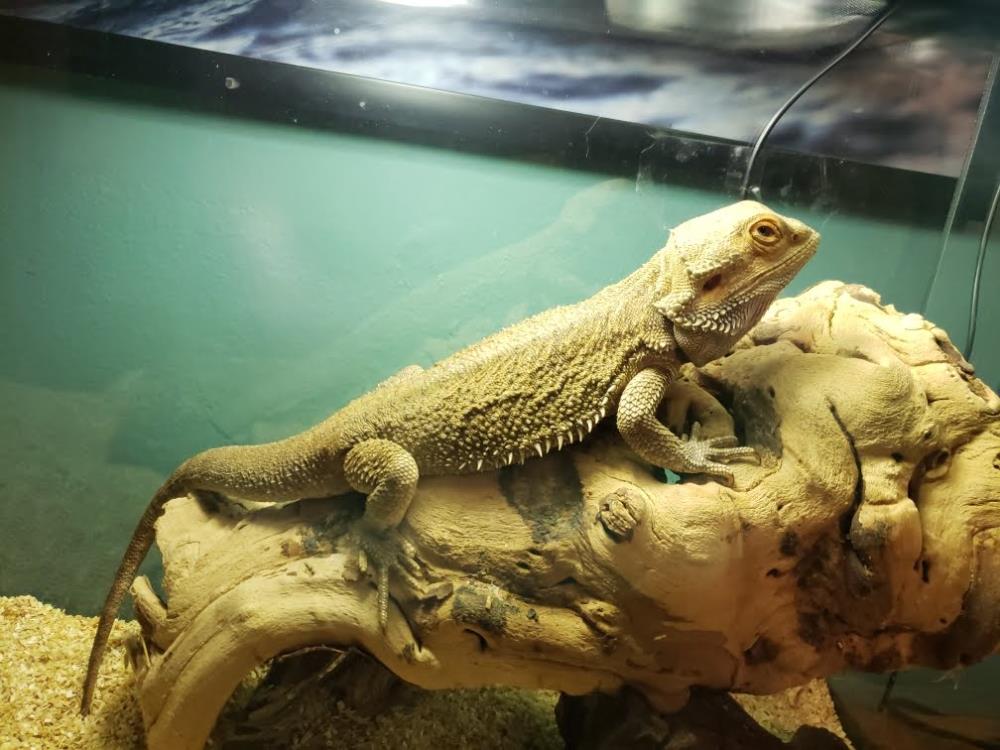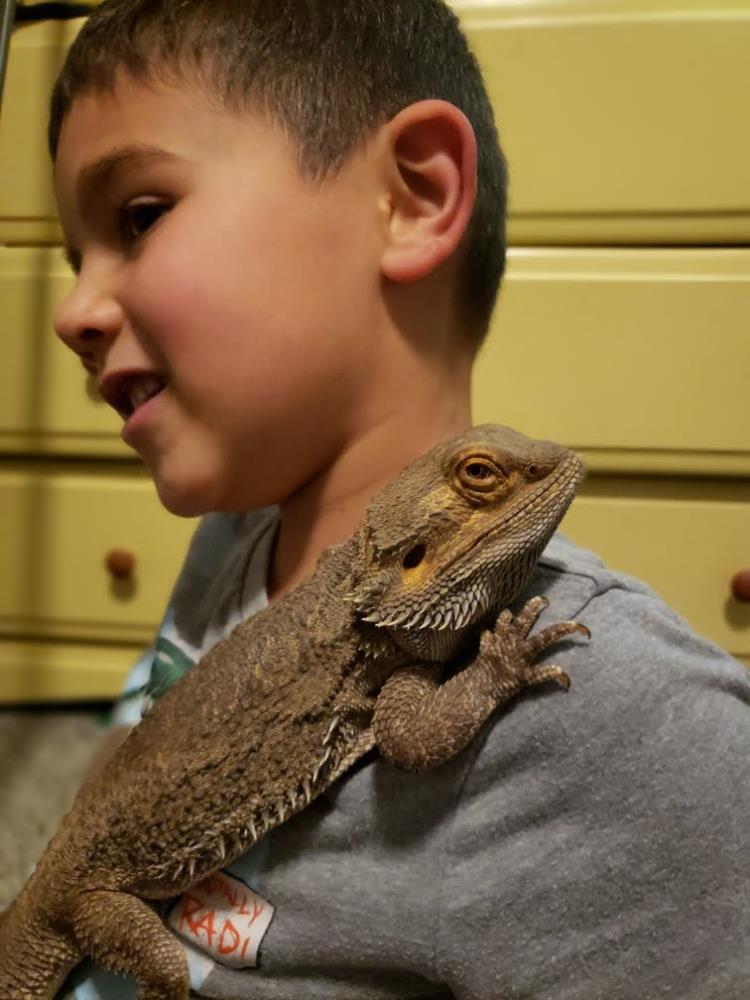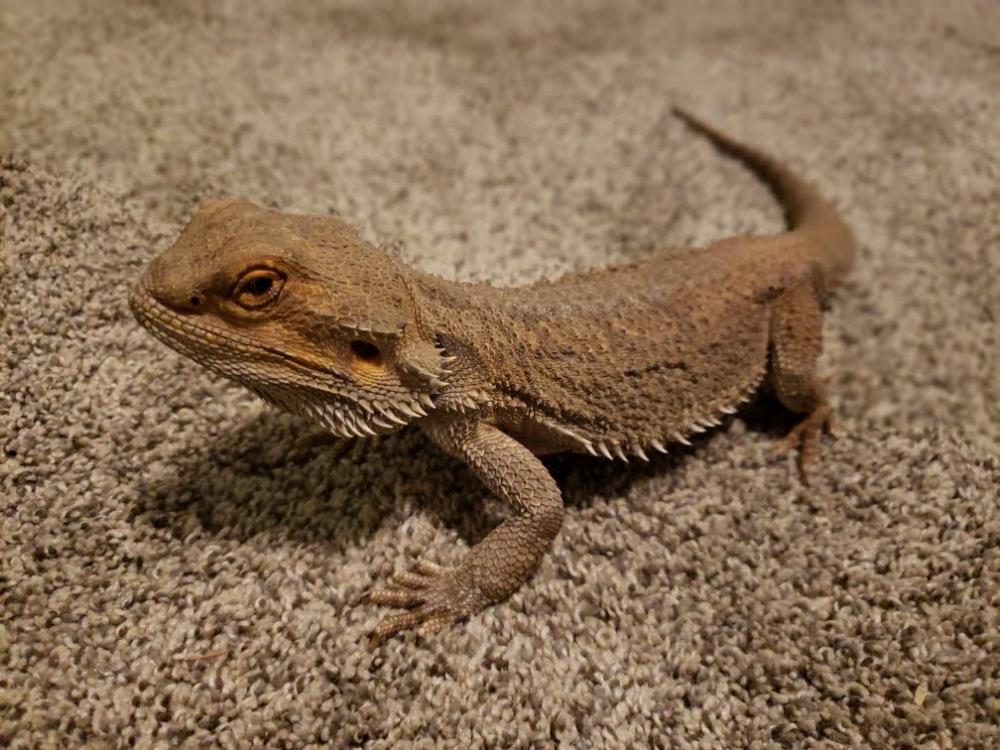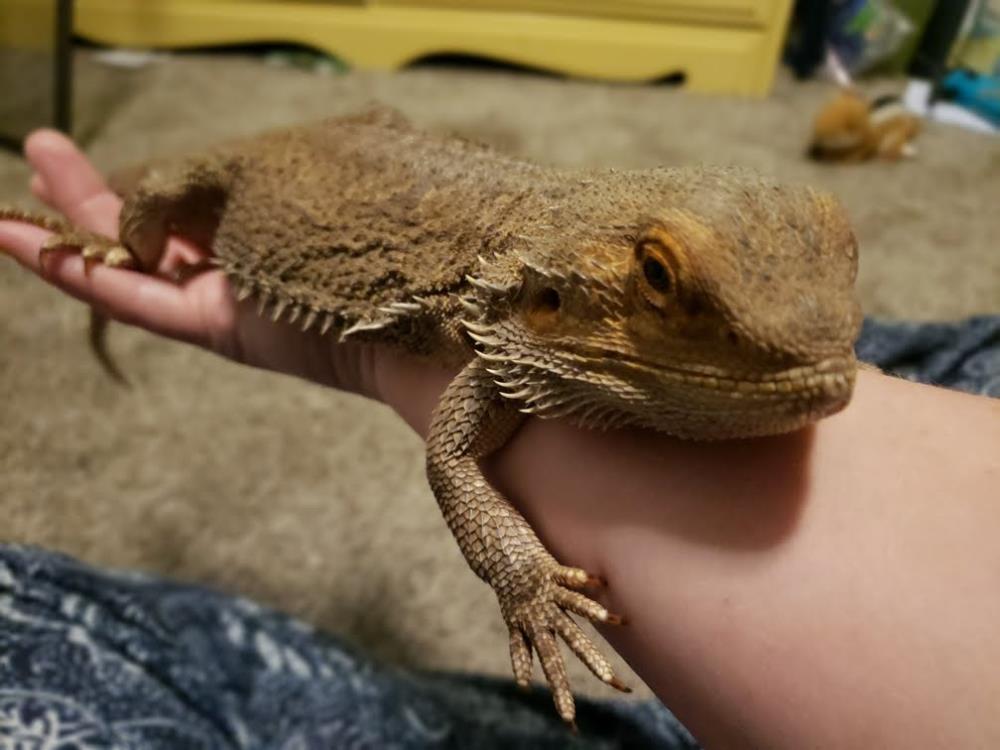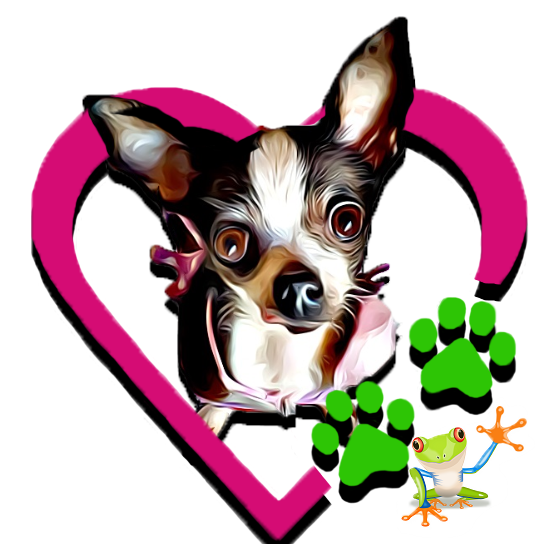

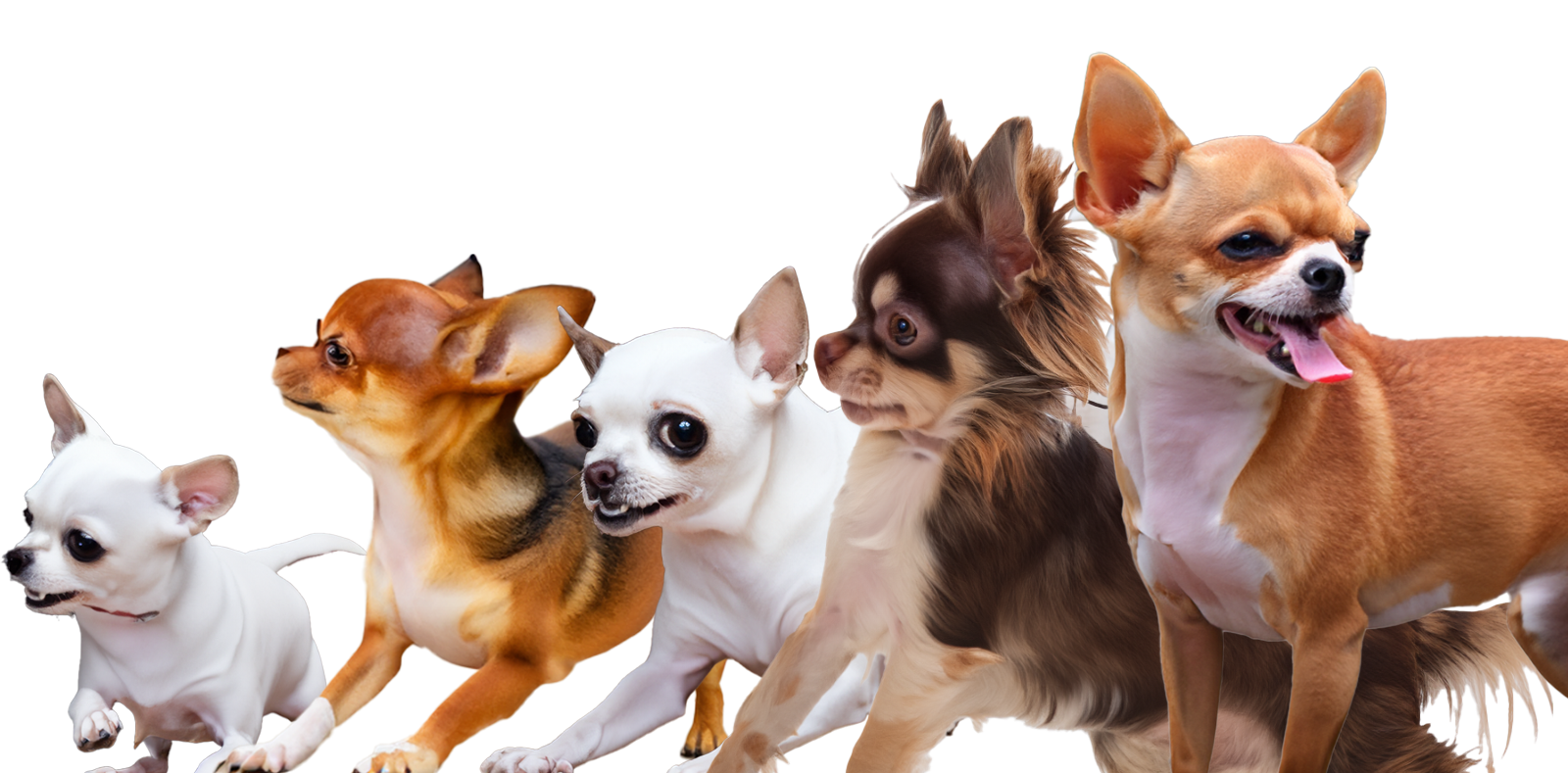
Adoption Details For Quinn!
This animal is no longer available for adoption

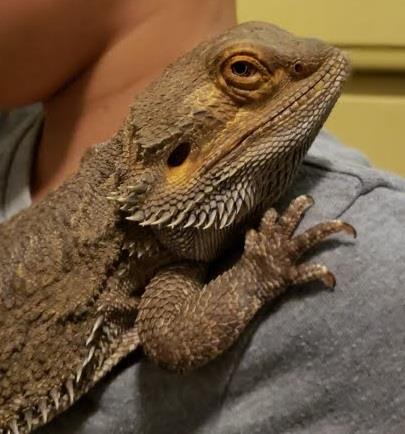
Name:
Quinn
Animal Id:
5317
Date Created:
3/11/2022 6:52:19 PM
Age:
8 Year(s) 11 Month(s) Old
Type:
Lizard
Gender:
Undetermined
Primary Breed:
Bearded Dragon
Spayed / Neutered:
No
Secondary Breed:
Microchip:
Primary Color:
Gray
Markings:
Secondary Color:
Yellow
Pattern:
Weight:
0 lbs
QUINN IS PENDING ADOPTION - WE ARE NOT TAKING ANY MORE APPLICATIONS FOR HIM AT THIS TIME
Hi! My name is Quinn
I was found by a ‘good-sam’ and taken to the shelter as a stray. When no one came to reclaim me I was transferred to the rescue to help me find my forever home. We aren't sure of my age but I am a happy and healthy adult who would love to just hang out with you!
Fun Fact about me! I am full of energy, quicker than you would think, and love to explore! My foster mom said ‘He runs fast! He is super engaging.’ So if you want a buddy to keep you on your toes, I’m your dragon!
My foster family says 'Quinn is a healthy bearded dragon! He is happy and eats well. He is comfortable being held.'
As an adult, I eat 15% protein, 80 veggies, and 5% fruits. I require my own habitat as we do best housed individually from my age forward. With the right diet, habitat, substrate, temperature, and humidity I can live a long and healthy life. ! Don't worry, the rescue will provide you with all of the information that you will need to prepare for my arrival :)
If you think we may be a good match, or you would like to get to know me better, please click the Adoption Application button below and you will be contacted to set up a date!
PLEASE NOTE:
1- We can only accept applications from interested parties who are in or near San Diego County, California at this time.
2- We do not ship reptiles but we may be willing to work with you if you are willing to travel if you are still in Southern California.
3- #2 will depend on the animal that you are applying for and is at the discretion of the board of directors.
Hi! My name is Quinn
I was found by a ‘good-sam’ and taken to the shelter as a stray. When no one came to reclaim me I was transferred to the rescue to help me find my forever home. We aren't sure of my age but I am a happy and healthy adult who would love to just hang out with you!
Fun Fact about me! I am full of energy, quicker than you would think, and love to explore! My foster mom said ‘He runs fast! He is super engaging.’ So if you want a buddy to keep you on your toes, I’m your dragon!
My foster family says 'Quinn is a healthy bearded dragon! He is happy and eats well. He is comfortable being held.'
As an adult, I eat 15% protein, 80 veggies, and 5% fruits. I require my own habitat as we do best housed individually from my age forward. With the right diet, habitat, substrate, temperature, and humidity I can live a long and healthy life. ! Don't worry, the rescue will provide you with all of the information that you will need to prepare for my arrival :)
If you think we may be a good match, or you would like to get to know me better, please click the Adoption Application button below and you will be contacted to set up a date!
PLEASE NOTE:
1- We can only accept applications from interested parties who are in or near San Diego County, California at this time.
2- We do not ship reptiles but we may be willing to work with you if you are willing to travel if you are still in Southern California.
3- #2 will depend on the animal that you are applying for and is at the discretion of the board of directors.
Quick Reference Guide
Animal Type
Lizard
Breed
Bearded Dragon
Introduction
Bearded dragons (also known as the inland bearded dragon, central bearded dragon, or yellow-headed bearded dragon) are agamid lizards native to eastern and central Australia. They can be found in a variety of habitats, including semiarid desert, scrublands, and dry forests. They earned their name from their spiky, expandable throat pouch that can look very much like a beard, especially when it darkens to black.
These lizards are diurnal, meaning that they are most active during the day. They love to bask, and are commonly found sunbathing on everything from rocks and fallen branches to fenceposts and picnic tables. Although they are technically terrestrial, bearded dragons are both excellent climbers and skilled burrowers, and naturally dig burrows for shelter from predators and the elements.
Difficulty
Beginner
Difficulty Notes
Bearded dragons are exceptionally popular as pets, with a calm, curious temperament and array of social behaviors that makes them a safe, entertaining first reptile. They have full-color vision and a keen sense of smell that helps them recognize their keepers, and some people claim that their dragons respond to their names. All bearded dragons available for sale outside of Australia are captive bred.
Basking Temp
108-113
Ambient Temp
77-85
Lowest Temp
55-75
Temp Notes
Since they are cold-blooded, bearded dragons need a temperature gradient in their enclosure in order to be able to regulate their body temperature. Although they can tolerate very high basking temperatures, they need to be able to escape to cooler areas in the enclosure to prevent overheating.
Diet
Omnivore
Diet Notes
Dragons start life as primarily insectivores and transition over time to primarily herbivores.
UVA Intensity
Intense Desert
UVB Intensity
Strong
Ferguson Zone
3
Lighting Notes
Certain morphs of bearded dragon with reduced pigmentation (hypomelanistic, albino, translucent) or thin scales (leatherback, silkback) are likely to be more sensitive to high quantities of UVB. They may need a lower-strength UVB bulb, and should be exposed to UVI of no more than 3.0 in the basking area. Bulbs for these morphs should also span only 1/2 of the length of the enclosure, instead of 2/3
Enclosure Size
Large Terrestrial
Enclosure Notes
Due to the insese lighting and difficult temp gradiant, we reccomend a screen top enclosure with a screen that doesn not block more than 40% of the light emitted. Care should be taken to ensure your basking spots can reach close enough to the UVA/UVB lighting.
Substrate
Desert Soil Mix
Substrate Notes
We only reccomend Jurassic Natural Australian Desert Dragon Habitat as it is actual Australian sand/soil harvested from Central Australia which is some of the oldest and most decomposed earth on the planet. Conversely, the sand and soil harvested from our north american continent consists of CALCIUM CARBONATE which is a natural antacid in cunjuction with microscopic sharp shards of decomposed granite making it a poor choice.
Humidity
Medium (30-70%)
Humidity Notes
Although it’s good practice to keep a shallow water dish in your bearded dragon’s enclosure, bearded dragons get most of their water from their food and from the air that they breathe.
Animal Reference Material:
| Category | Title | AnimalType | Breed | |
|---|---|---|---|---|
| Animal Care | *SBRSC Bearded Dragon Information Guide for Adoption | Lizard | Bearded Dragon | |
| Animal Care | *SBRSC Bearded Dragon Recommended Food Lists and Feeding Guide | Lizard | Bearded Dragon | |
| Animal Care | Bearded Dragon Care: Feeding, Housing, and Handling | Lizard | Bearded Dragon | |
| Animal Care | Lizard UVB Lighting: What you need to know! | Lizard | ||
| Blog | [VIDEO] Is a Bearded Dragon right for me? | Lizard | Bearded Dragon | |
| Blog | Bearded Dragon Substrate - The Good, Bad, and Ugly | Lizard | Bearded Dragon | |
| Blog | Bearded Dragon: Selecting an Enclosure | Lizard | Bearded Dragon | |
| Blog | Custom Large Lizard Enclosure Considerations | Lizard |
This animal is no longer available for adoption

